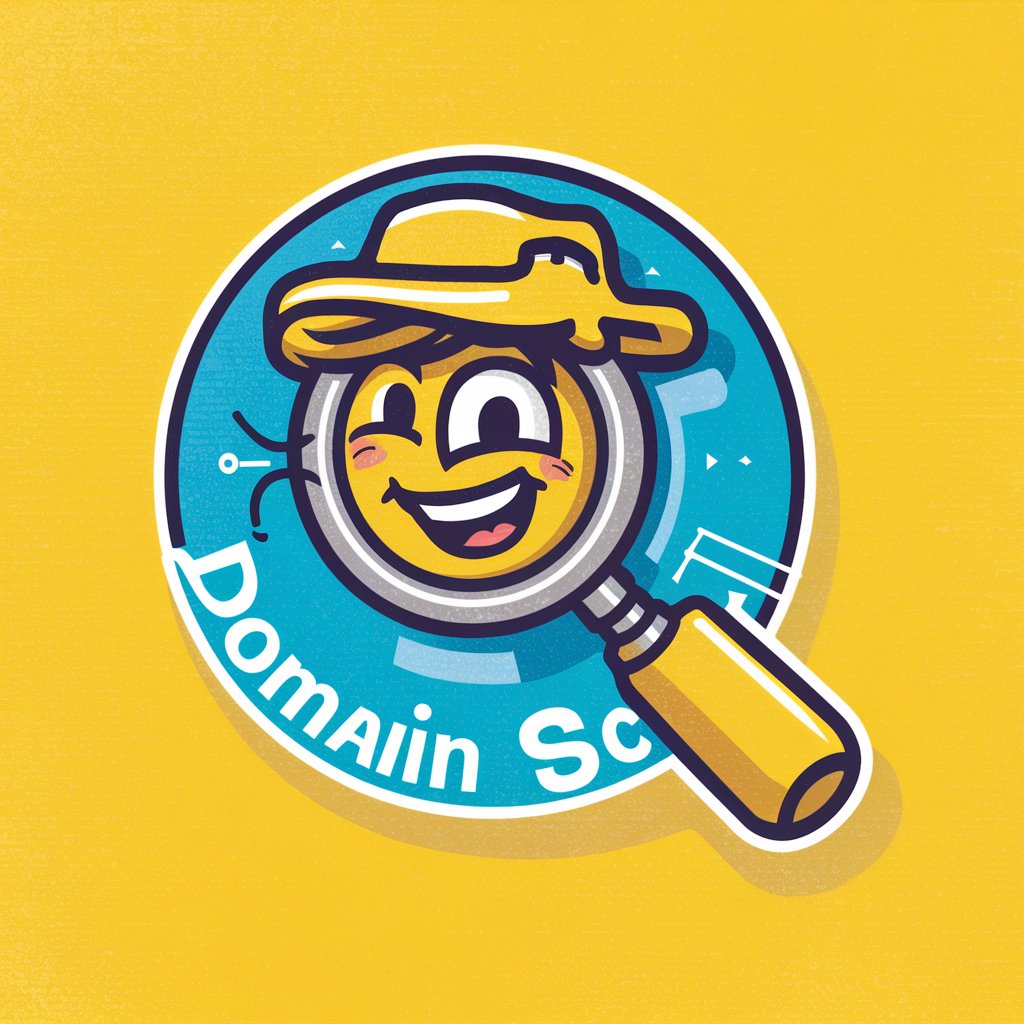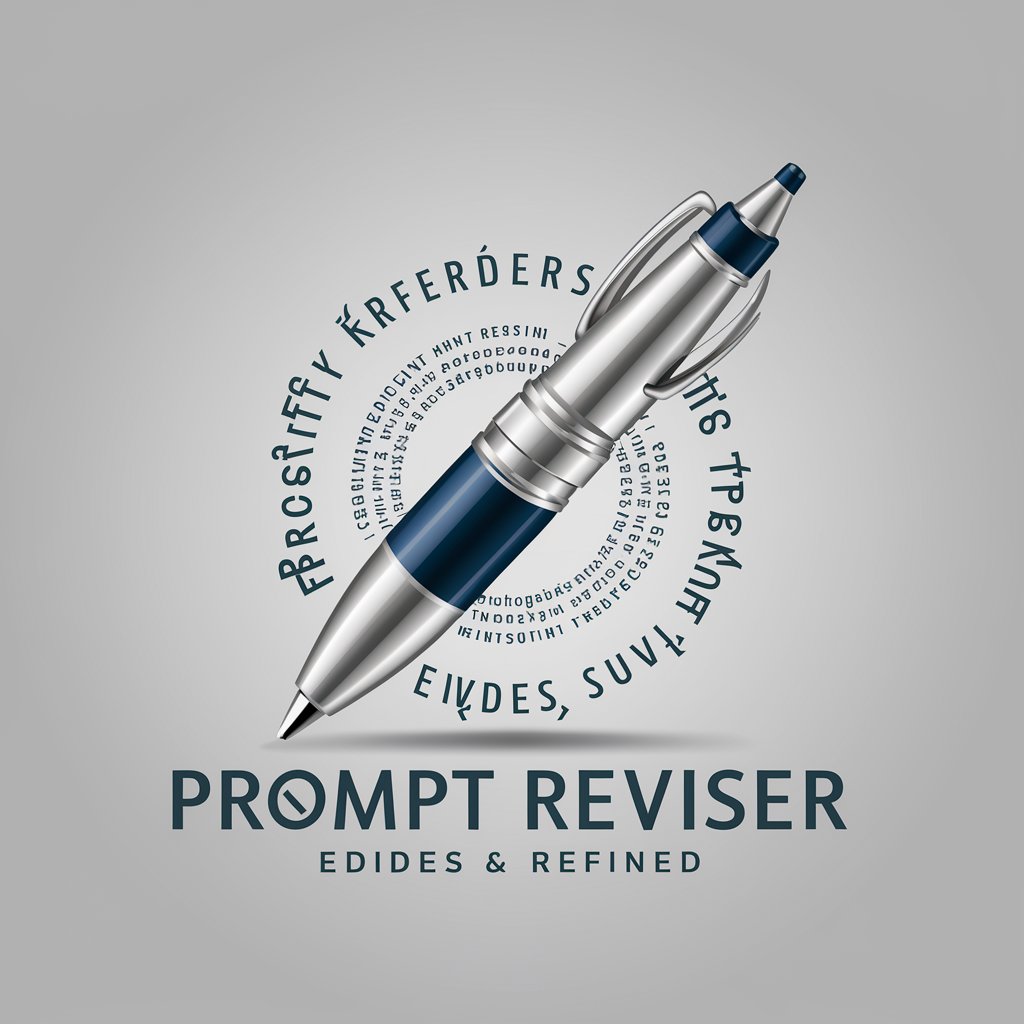
Open-domain RE - RDF Triplet Extraction
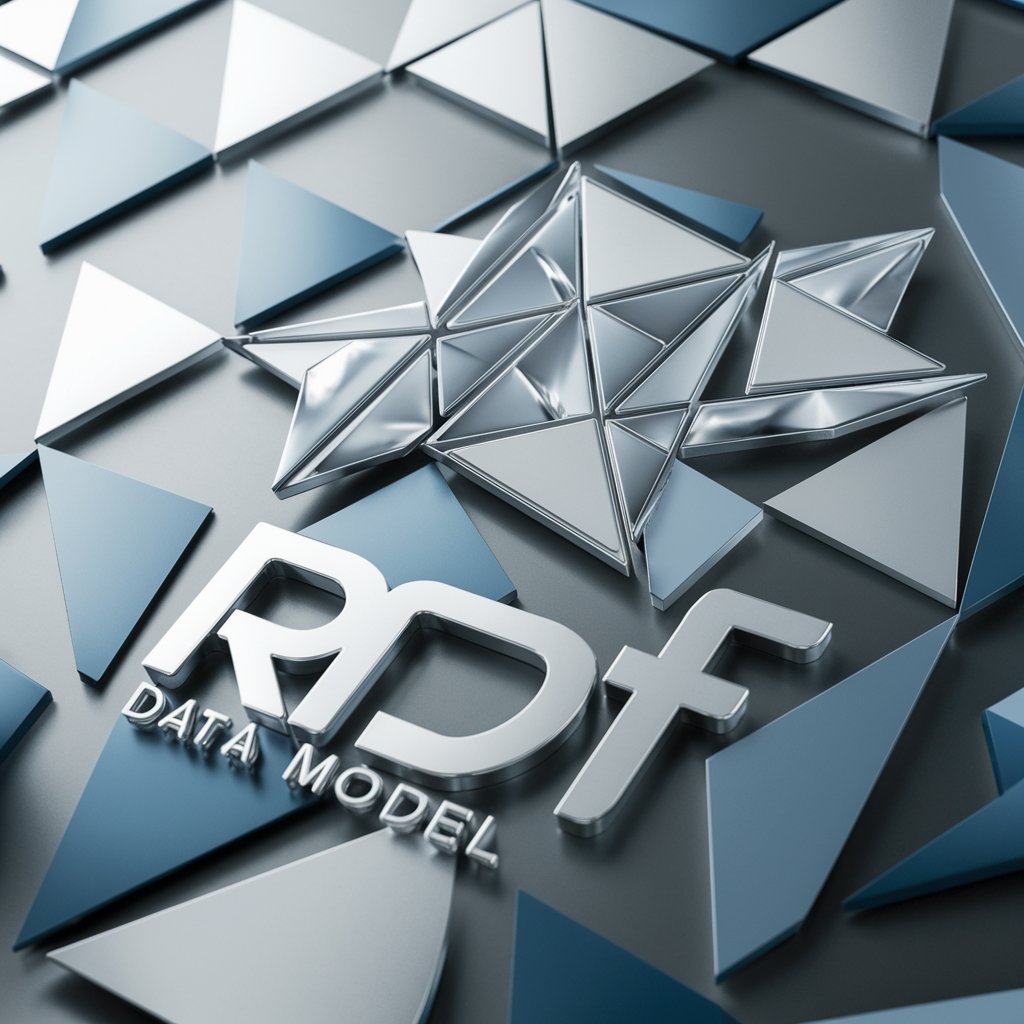
Welcome! I'm here to help you with RDF data modeling.
Illuminate Your Data with AI-Powered RDF Analysis
Create a visual representation of an RDF data model that emphasizes clarity and precision.
Design a modern logo that reflects the concept of structured data and semantic relationships.
Craft a logo that symbolizes the interconnected nature of information in a professional and intelligent manner.
Generate a logo for a system specializing in accurate data modeling and semantic web technologies.
Get Embed Code
Introduction to Open-domain RE
Open-domain Resource Description Framework (RDF) is designed to analyze text and identify relational triplets within a wide range of domains without being confined to a specific subject area. Its basic functions include reading and understanding texts, identifying named entities and their relationships, and encoding these relationships into RDF triplets, which consist of a subject, relation, and object. This approach enables the model to structure unstructured data, making it accessible for various analytical and informational purposes. For example, in a news article mentioning 'Alice sends an email to Bob', Open-domain RE would identify 'Alice' as the subject, 'sends an email to' as the relation, and 'Bob' as the object, and present this relationship in a structured format. Powered by ChatGPT-4o。

Main Functions of Open-domain RE
Entity Recognition and Relationship Extraction
Example
In a scientific article, extracting entities like 'CRISPR' as a gene-editing tool and its relation to 'gene editing', thereby enabling structured data for research databases.
Scenario
Researchers compiling a database of gene-editing technologies can use Open-domain RE to automatically populate it with relationships extracted from vast amounts of scientific literature.
Data Structuring for Unstructured Text
Example
Converting news articles into a structured database where entities such as 'politicians' and 'policies' are related, making it easier to analyze political trends.
Scenario
Journalists and analysts can quickly identify connections between political figures and policies across numerous articles, enhancing the depth and speed of their reporting.
Knowledge Graph Construction
Example
Building a comprehensive knowledge graph that connects historical figures, events, and locations from text books or documents.
Scenario
Educational technology companies can create interactive learning modules that help students visualize and understand complex historical relationships.
Ideal Users of Open-domain RE Services
Academic Researchers
Researchers can use Open-domain RE to sift through large volumes of academic papers and extract specific entities and their relationships, facilitating literature reviews and the discovery of new research opportunities.
Data Analysts and Scientists
Professionals in data analysis and science can leverage Open-domain RE to structure unstructured data, enabling more efficient data mining, trend analysis, and information retrieval across diverse datasets.
Content Creators and Journalists
Journalists and content creators can apply Open-domain RE to automatically summarize content, identify key relationships between entities in their stories, and research information, improving content accuracy and depth.

Guidelines for Using Open-domain RE
1
Visit yeschat.ai for a free trial without login, also no need for ChatGPT Plus.
2
Input your text data into the Open-domain RE interface, ensuring it contains entities and relations relevant to your domain of interest.
3
Specify the domain or context of your data if the tool provides such options, to enhance accuracy and relevance of the RDF triplet extraction.
4
Review the extracted RDF triplets for accuracy and completeness, and use the provided editing tools to make any necessary adjustments.
5
Utilize the extracted triplets in your application or research, for tasks such as data analysis, knowledge graph creation, or semantic search enhancement.
Try other advanced and practical GPTs
The Lion's Guide
Simplifying Automotive Safety Compliance with AI

Immigration Consultant
Navigate Immigration Seamlessly with AI-Powered Advice

CodeMentor AI
Elevate Your Coding Skills with AI

AI Premium Product Finder
Empower Your Shopping with AI

Learn Any Language
AI-Powered Language Learning Tailored to You

Smart Home Oracle
Empowering smart homes with AI

Make Your GPT Better
Enhancing AI with Smart Optimization

GPT Builder
Empower Your Ideas with AI
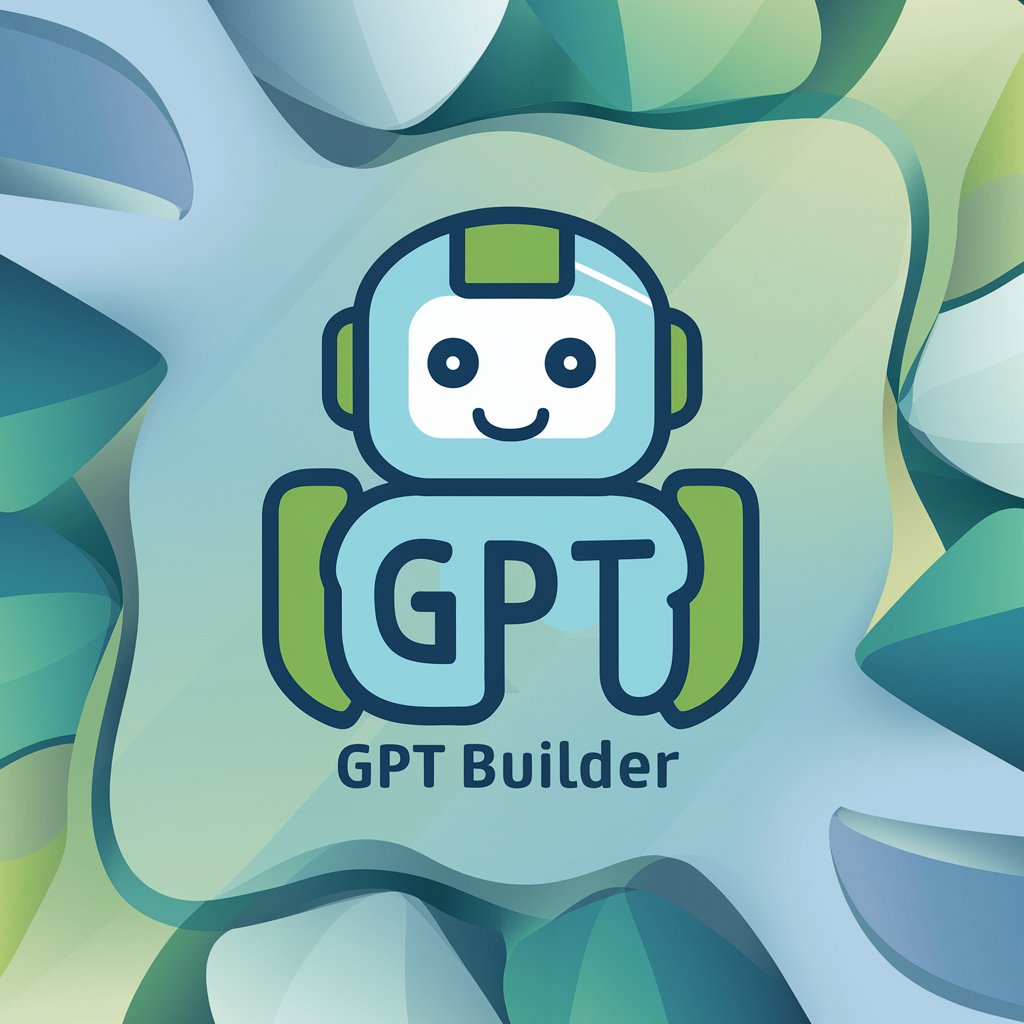
Comic Creator
Bring stories to life with AI-powered comics.

Anime Art AI
Unleash Creativity with AI-Powered Anime Art

Tax GPT
AI-Powered Tax Guidance At Your Fingertips
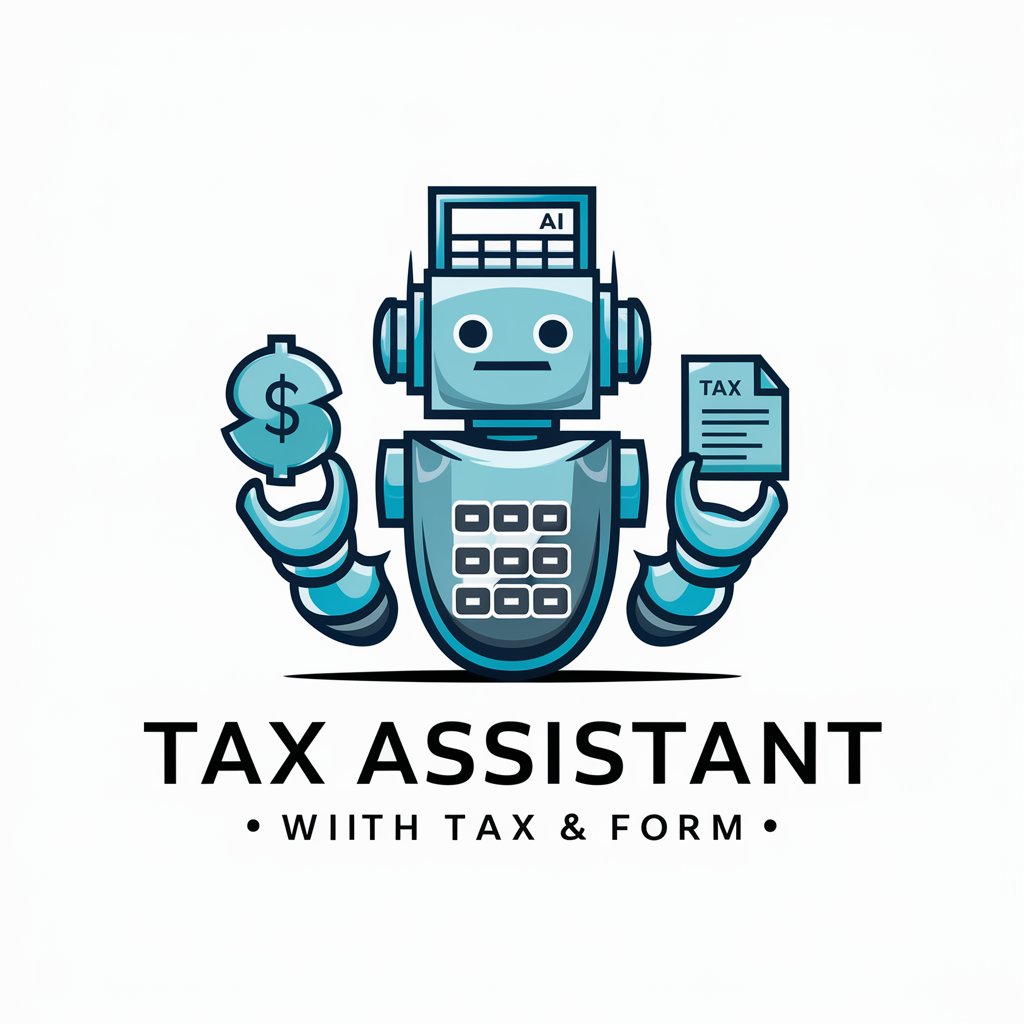
SEO Meta Crafter by quickcreator.io
Optimize meta tags with AI-powered precision.

FAQs About Open-domain RE
What is RDF in Open-domain RE?
RDF, or Resource Description Framework, in Open-domain RE refers to a standard model for data interchange on the web, particularly focusing on describing relationships among data in the form of triplets.
Can Open-domain RE process any type of text data?
Open-domain RE is versatile but works best with text data that contains clear entities and relationships, such as academic texts, news articles, or structured reports.
How does Open-domain RE differ from general text analysis tools?
Unlike general text analysis tools that focus on broad text analysis, Open-domain RE specifically extracts RDF triplets, providing structured semantic understanding of the text.
What are some common applications of Open-domain RE?
Common applications include knowledge graph construction, semantic search, data integration, and information extraction in domains like research, journalism, and content management.
How can I improve the accuracy of RDF triplet extraction?
Improving accuracy can be achieved by providing contextually rich and well-structured text, specifying the domain of interest, and manually reviewing and adjusting the extracted triplets.
